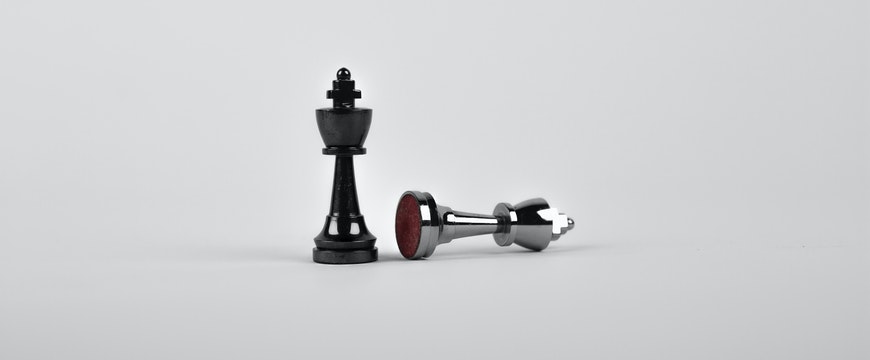CASH IS KING: Strategy for a better business model and long-term success

When To Consider a Fractional CFO
April 19, 2023
Strategic Financial Leadership Benefits for Business Owners
April 17, 2024
Your Framework for Working Capital
Where is your cash? Working capital is the cash a company needs to meet its current, short-term obligations and run the business cash cycle successfully. I another words, working capital is the amount of capital you need to have always readily available to run your business operations. There are many strategies to optimize your working capital model as the more working capital you need, the more cash in your bank account to cover the overall business operations. Assuming your business model is optimal, you’ll need to calculate your current levels, project your future needs and consider ways to make sure you always have enough cash. Working capital is easily overlooked as a key indicator of organizational health. Healthy working capital means a stable, worry-free highway for businesses to soar. Working capital frameworks build steady foundations for the most far-reaching business models today. A business plan cannot be complete until working capital framework is laid down. Business owners often fail to take note in the importance of inaccurate and late financial information and the pain it can cause. Focusing solely on the wrong indicators such as income statements, profitability, gross margins and net income can cause blind spots in truly contextualizing the genuine health and ability for growth or lack of for any business.
Over the long term, staying in business means not running out of cash! Your cash can be found on your balance sheet. Unlike the income statement that tracks revenue, expenses and profits over a period of time, such as a year, the Balance Sheet provides insight taken at points of time. The insight reveals how much you own at the moment, assets such as equipment and inventory, along with obligations that are owed to you and from you.
The reality of working capital is that it does not matter how innovative and liked your products or services may be, if you don’t have cash on hand to keep your business running, you will be out of business. Working capital can be broken into two categories on your balance sheet: current assets and current liabilities.
Current assets are the cash that is readily available to the company. Cash, cash equivalents, accounts receivable and inventories that can be sold.
Current liabilities are the organizational commitments that you will soon have to pay to others, within a year. Also included are AP, short term debts, lines of credit.
Working capital = Current assets – Current liabilities
Failure to earn a profit won’t put you out of business, as long as you still have cash, however if you run out of cash, even if you are profitable, you risk closing your doors. There are several ways a company can improve its working capital. Veritas Management Group specializes in partnering with business owners and executives to develop healthy working capital levels. We recommend starting with obtaining timely and accurate financial statements and balance sheets. It is also important to collect accounts receivable in a timely manner, diminish the amount of extra inventory and have an expert help renegotiate some debts and loans.




